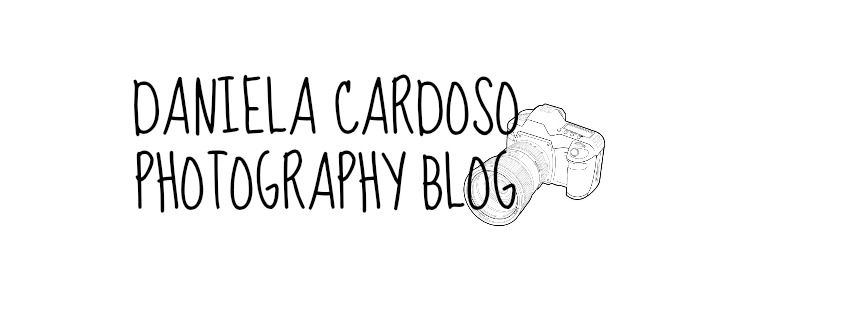The theme for the exam was 'Covert and Obscured'. At the beginning of the exam we looked at a variety of ideas and then began to pick out which ones we preferred and began to focus on those until we reached a final outcome idea.
Over the course of the exam my ideas have changed many times. Initially I wanted to focus on capturing graffiti artists on streets at night. This related well to the theme as it was both covert and obscured at the same time. However this was not possible as it was to narrow of an idea and wouldn't allow much place for improvement and development.
I then decided that I would like to do something with obscuring faces by using make-up,face paints,mask etc. After shooting my first roll of film, the photographs of the ideas didn't come out quite as expected and I felt discouraged with the idea and decided to move on. After this I went on to looking at Sally Mann's work and I liked the idea of obscuring the body and hiding however this idea was short lived as I saw the work of Ron Gallela and really liked the paparazzi side. I then decided to shot a roll of film based on fake paparazzi and invading people's life. This related well to the theme, as I was being very 'covert' about how I took the photographs. After shooting the roll of film I was really pleased with how my photographs turned out, however I still didn't think that I had found my final outcome idea. That is then when I saw a random photograph on Getty Images of a man in business suit but his face was replaced by a fingerprint. This then got me thinking about criminals,murder scenes/cases and that was when I found my final outcome idea. It relates well with the theme as it shows obscurity of people and things aren't always what they appear to be.
Many photographers inspired as mentioned, Sally Mann and Ron Galella the most, even though I did not use them as my sole inspiration for my final outcome. I discovered a photographer named Melanie Pullen and she did an exhibition titled 'High fashion crime scenes'. Which I used as inspiration for some of my photographs, although she was taking photographs for the fashion side of things, I focused mainly on the composition of her models and their locations. Her photographs were quite minimalistic in objects as they were focusing more on the clothes, however mine are the opposite despite that she was my main inspiration for my final outcome.
The experiments I have done through out the project helped me quite a bit for my final outcome. I used the collage experiment technique to do one of my final outcomes which was inspired by Lucas Simoes. I also used the double exposure technique to further improve one of my photographs. I also scratched onto one of my negatives which wasn't too good to give a more distressed affect.
To conclude I personally did not like the theme were given and I complained a lot during the start of the project. At the end of the project my feelings remain the same. I found the project at bit difficult as I did not like the given theme, I felt very limited to what I could and I felt that every idea I had chosen there was never any room for development. And instead of having different and exciting set of prints, I would end up with identical prints which were uninspiring and boring. I think that I will be pleased when my final outcome is done, however I think that it will definitely not be one of my strongest works and won't showcase all of my abilities.















































